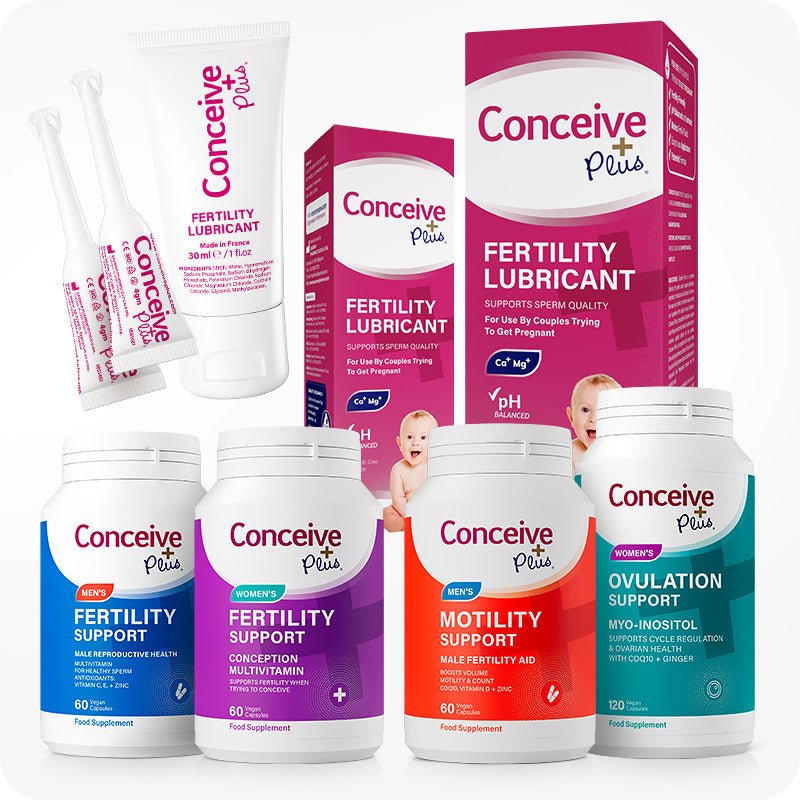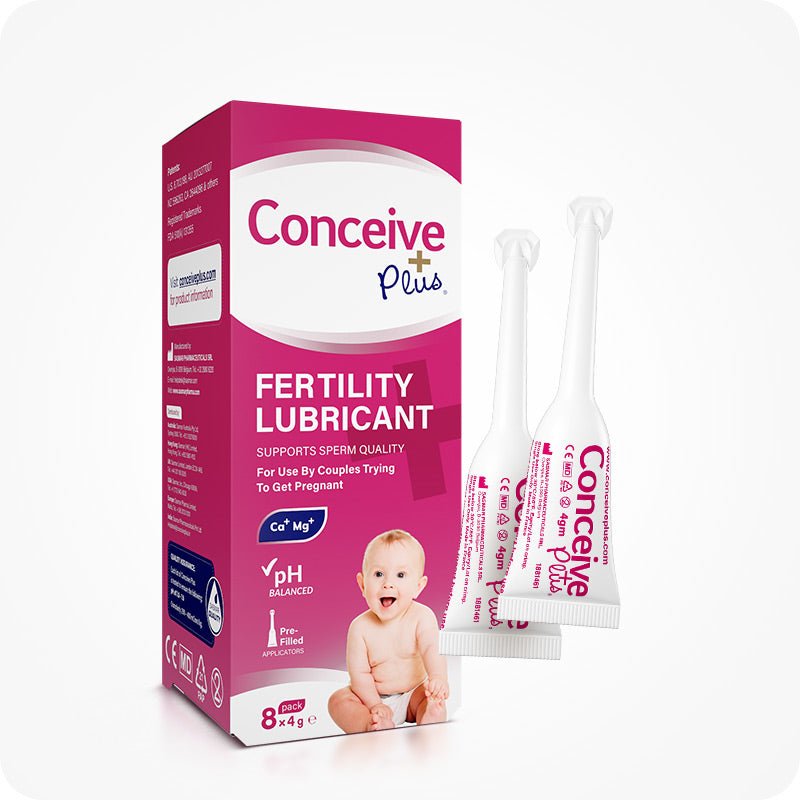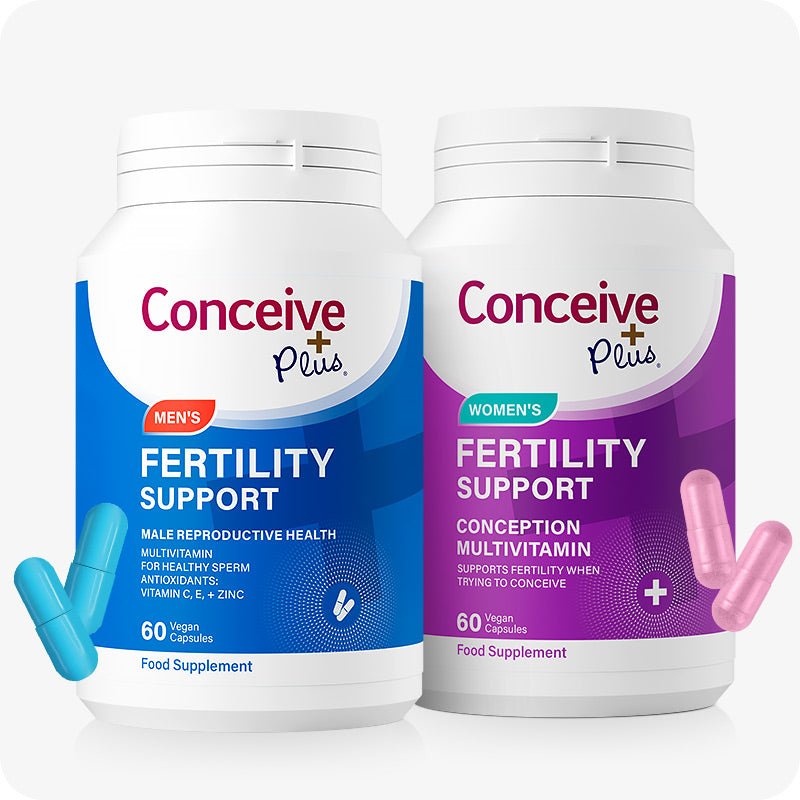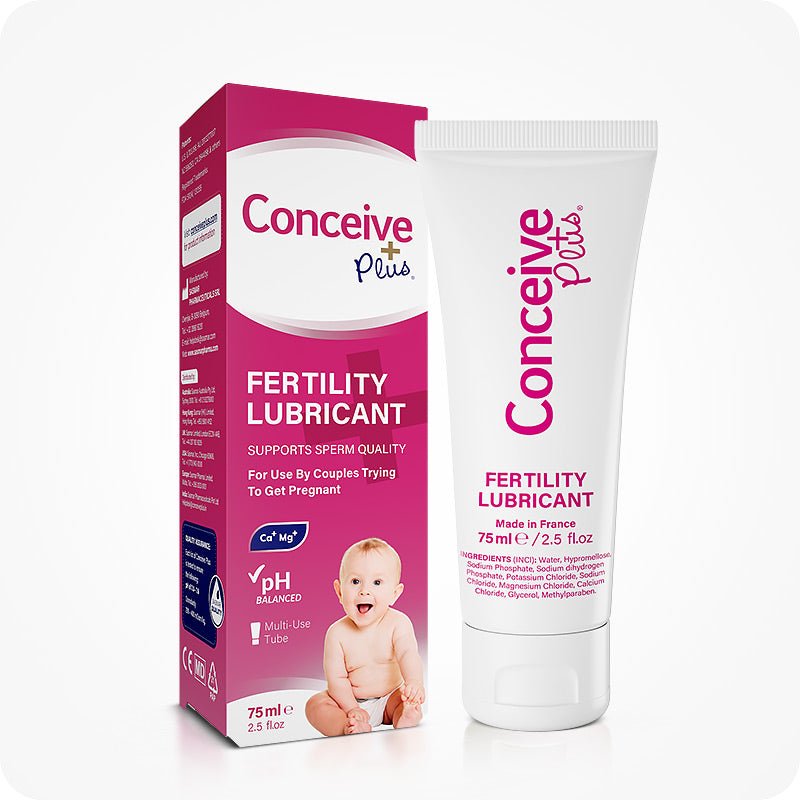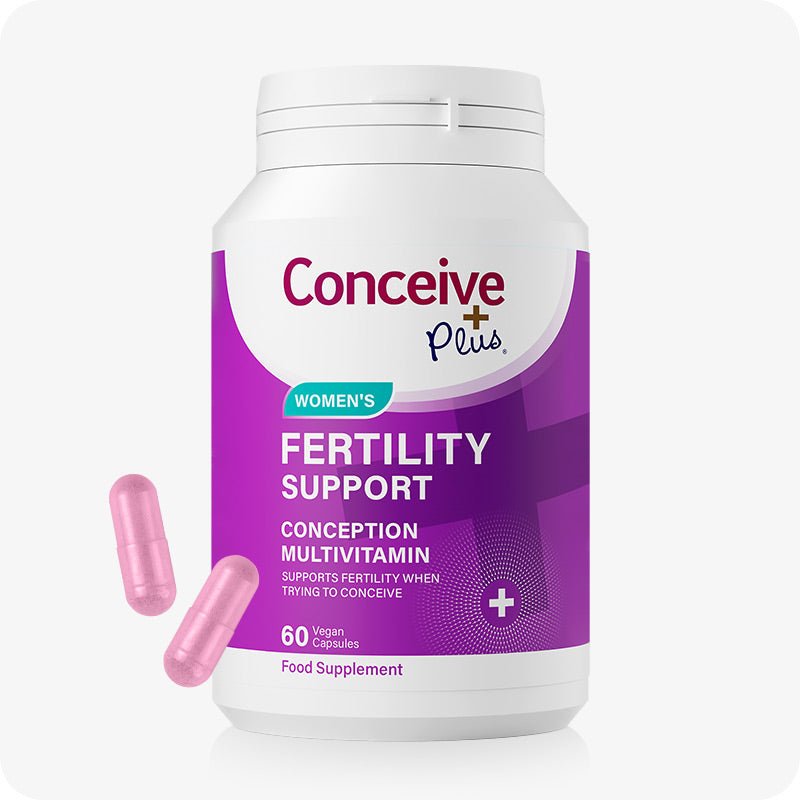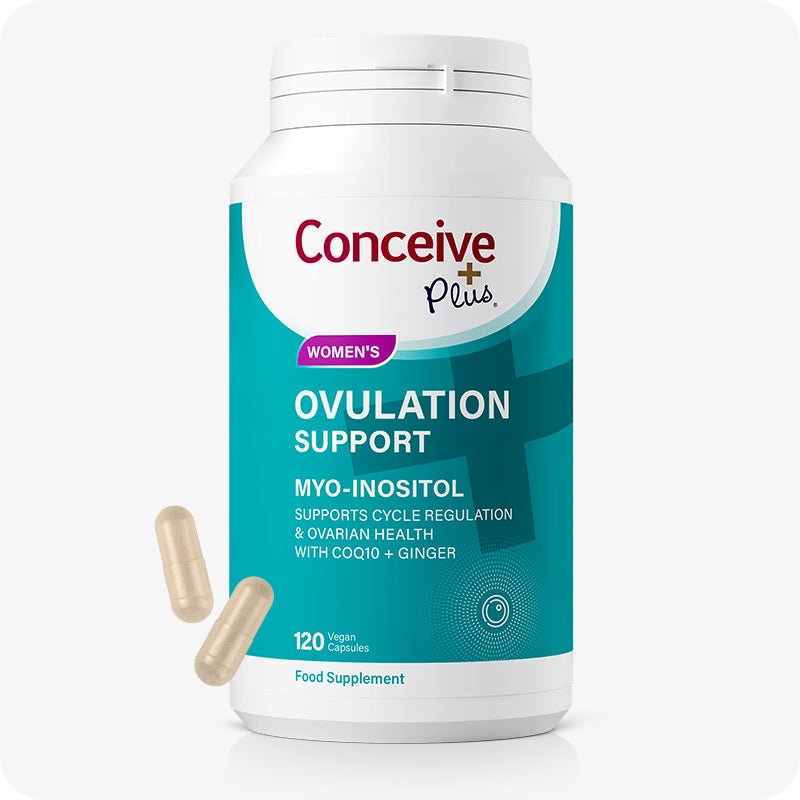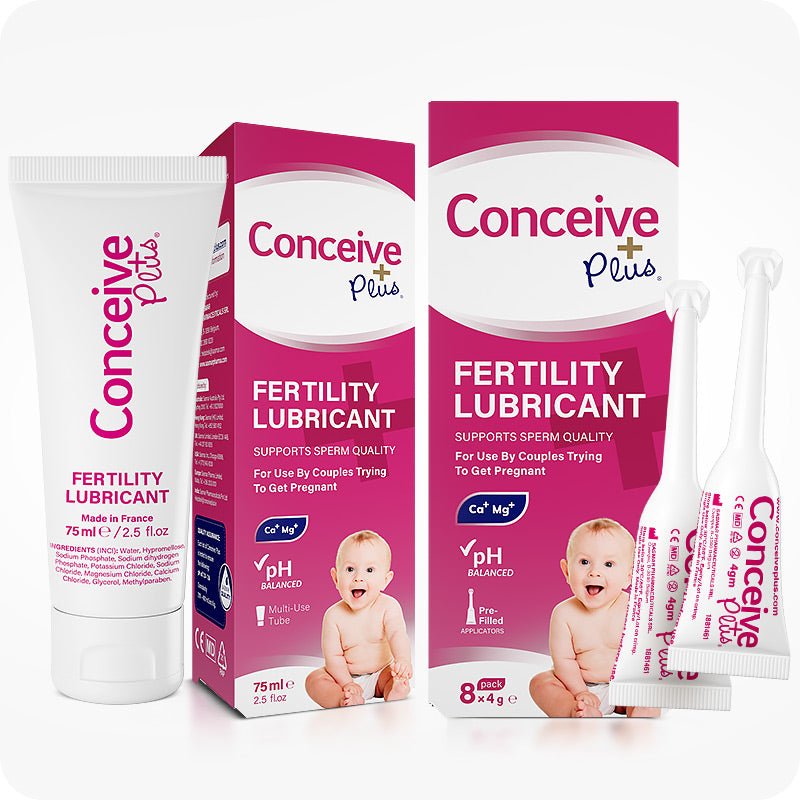Ovulation Discharge: How it Helps You Conceive

Cervical mucus and its changes throughout the menstrual cycle provide useful information to increase your chances of conceiving. On closer inspection, you’ll notice changes in its consistency and colour during ovulation, after menstruation, and in the early stages of pregnancy.
Learning to recognise ovulation secretions can help you identify when you are most fertile and most likely to conceive. Read on to learn more about ovulation discharge, what it looks like, why it changes, and how it helps you to make a baby.
Cervical Mucus Explained
Also known as vaginal discharge, cervical mucus is produced by the cervix, which is the entrance to the uterus from the vagina. The production of cervical mucus is the body’s natural way of supporting the vagina and it’s linked to hormone changes throughout the menstrual cycle.
The primary roles of cervical mucus include protection, lubrication, and reproductive support.
First and foremost, vaginal discharge is produced to protect the vagina and its delicately acidic pH levels from being disrupted by harmful bacteria or parasites that could cause infection. It also prevents bacteria from entering the uterus.
In addition, cervical mucus acts as a natural lubricant to prevent vaginal dryness (atrophy) and flush harmful organisms from the vaginal canal.
Around ovulation, secretions change in consistency to help sperm stay alive and swim through the female reproductive tract to fertilise an egg. [1]
Learning to recognise this ovulation mucus and the difference in cervical fluid post ovulation can help you and your partner to time intercourse around your fertile window each month.
How Cervical Mucus Changes During The Menstrual Cycle
As previously mentioned, fluctuating hormone levels throughout the menstrual cycle directly influence the changes in cervical mucus. [2] Here’s what you can expect:
Menstruation and Cervical Mucus
When you’re menstruating very little cervical mucus is produced and the minimal amount that is present is not noticeable due to menstrual blood.
Cervical Mucus After Your Period
Vaginal discharge is also minimal for 3-4 days after menstruation. It then begins to increase as oestrogen levels and follicle-stimulating hormone (FSH) rise to support follicle growth on the ovary.
During this time cervical mucus becomes thick and somewhat sticky or pasty and its colour can appear cloudy, white, or pale yellow.
Cervical Mucus Before and During Ovulation
In the lead-up to ovulation, the amount of cervical mucus increases, thins and becomes creamier. A day past ovulation occurs, the consistency of your cervical mucus becomes wetter, more slippery and stretchy like raw egg whites.
Known as egg white cervical mucus (EWCM), this fertile ovulation discharge lubricates the vagina in preparation for comfortable intercourse and becomes slightly alkaline to create a more hospitable environment for sperm survival.
Its wetter and slippery consistency also improves sperm motility by making it easier for them to swim through the cervix and into the fallopian tubes to fertilise an egg.
Cervical Mucus After Ovulation
Vaginal discharge after ovulation typically becomes drier and more sticky and can seem absent for some, although it’s not. This is due to decreasing oestrogen levels and an increase in progesterone production to support uterine implantation in the case that conception occurs.
Cervical mucus between ovulation and period typically remains like this unless pregnancy has occurred.
Cervical Mucus in Early Pregnancy
Cervical discharge after ovulation if pregnant may not be as dry or sticky as it usually is after ovulation. However, these changes are so minuscule in the first few days after conception that it's difficult to notice.
Typically, by week 8 of pregnancy, you’ll notice a marked increase in your cervical mucus. Leukorrhea is the medical term for cervical mucus during pregnancy. It is usually thin and clear or milky white.
How Long After Egg White Cervical Mucus Do You Ovulate
An egg is typically released 1-2 days after the appearance of egg white cervical mucus. [3] So if you’re trying for a baby, take advantage of EWCM and have unprotected sex for the few days that it’s present.
Even though a mature egg only lives for 12-24 hours after being released, sperm can survive in the female reproductive tract for 3-5 days. Therefore, your fertile window is not just the day you ovulate but also 3-4 days before ovulation.
Once you notice drier cervical mucus following ovulation, your fertile window for that month has closed. Known as the Cervical Mucus Method [4], this approach can alert women that they’re ovulating when trying to have a baby.
As well as cervical mucus, other changes you can monitor to identify ovulation include breast pain ovulation, nipple pain, and cramping on one side of the abdomen.
The Bottom Line
Cervical mucus protects and lubricates the vagina and supports reproduction. It achieves this by responding to hormone changes and altering slightly during each phase of the menstrual cycle.
Just before and during ovulation, for instance, egg white cervical mucus (EWCM) is produced to lubricate the vagina for intercourse and support sperm health & motility.
Understanding the appearance and texture of ovulation discharge can help identify peak fertility and improve timing for conception. Monitoring vaginal discharge ovulation and other symptoms can significantly improve the likelihood of getting pregnant. Cervical secretion after ovulation is usually drier and indicates that a woman’s fertile window has closed for that month.
References
- NHS - Vaginal Discharge - https://www.nhs.uk/conditions/vaginal-discharge/
- Healthline - Guide to Cervical Mucus - https://www.healthline.com/health/womens-health/cervical-mucus#stages
- Parents - Everything You Need to Know About Egg White Cervical Mucus (EWCM) - https://www.parents.com/what-does-an-egg-white-discharge-mean-8604048
- Planned Parenthood - What's the cervical mucus method of FAMs? - https://www.plannedparenthood.org/learn/birth-control/fertility-awareness/whats-cervical-mucus-method-fams







